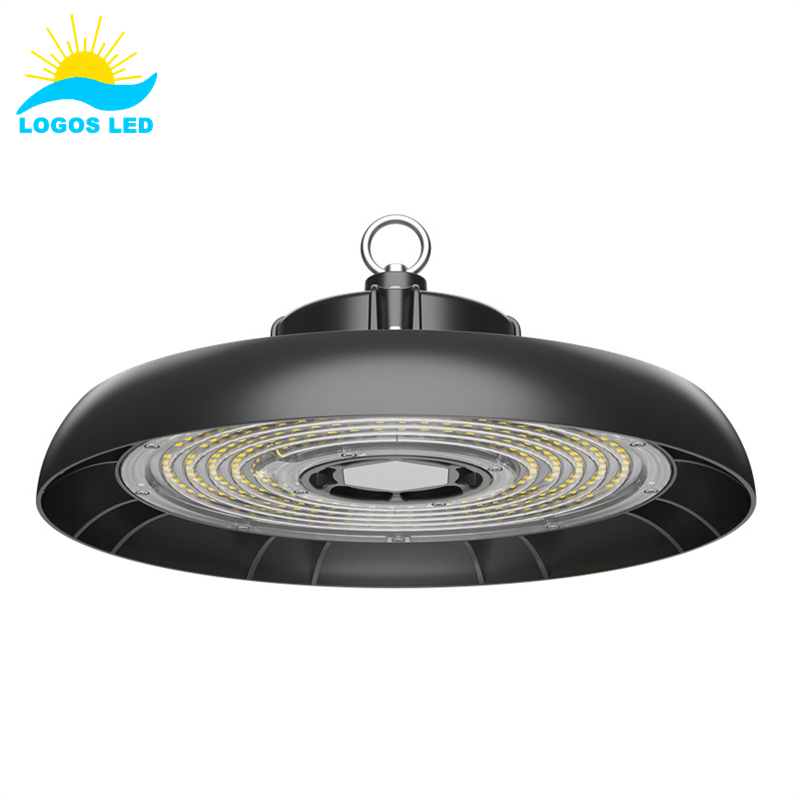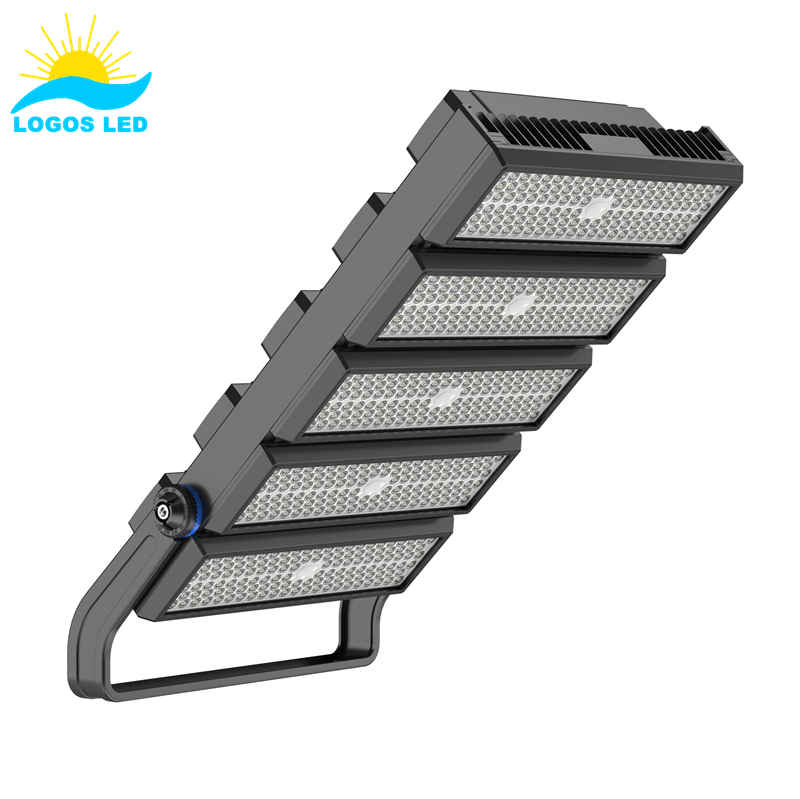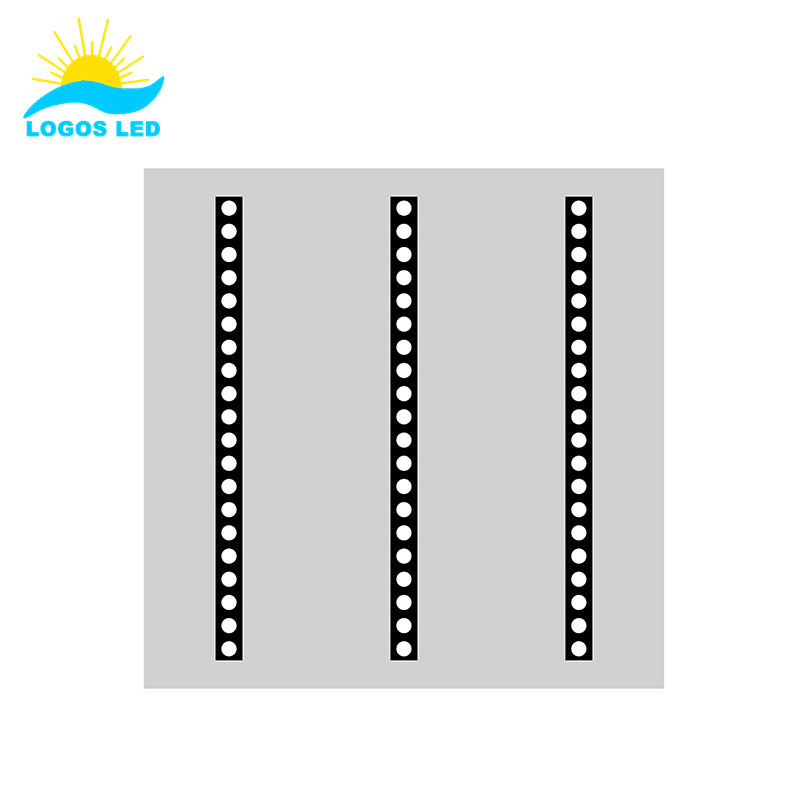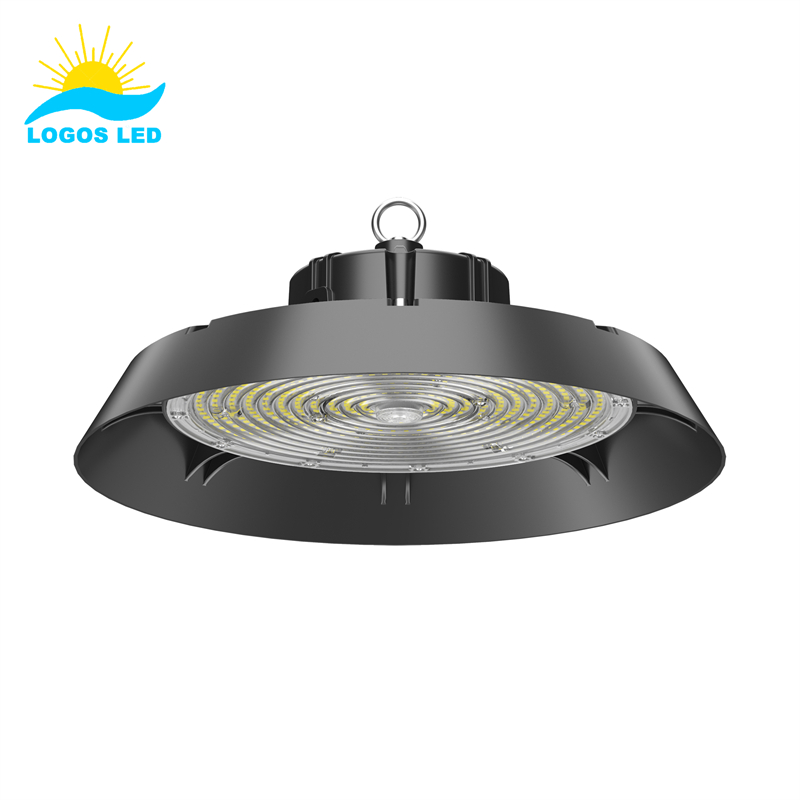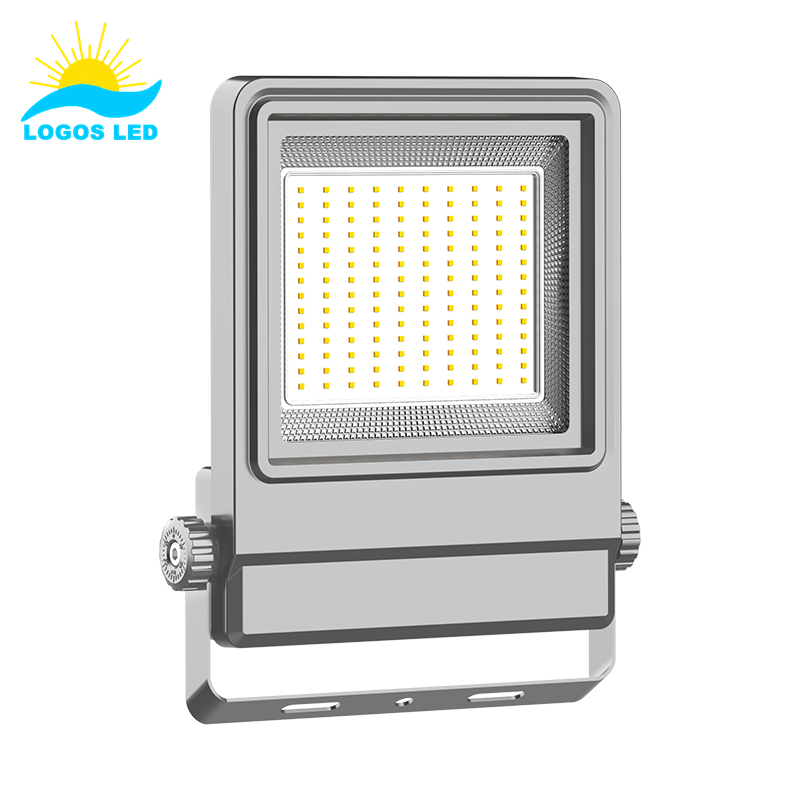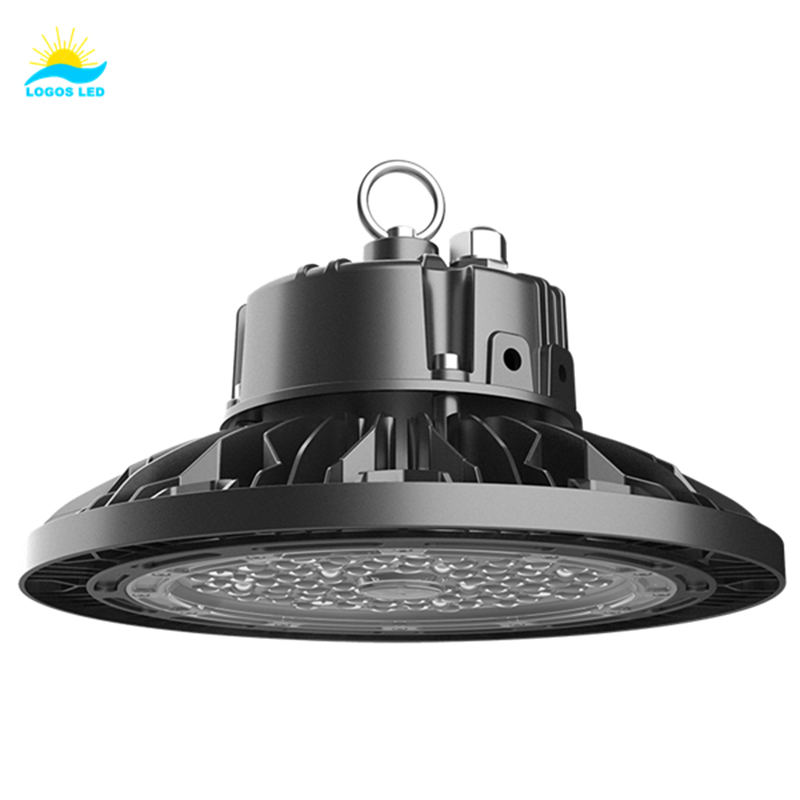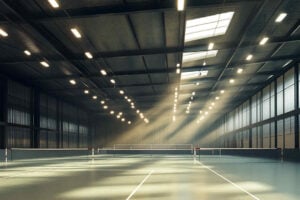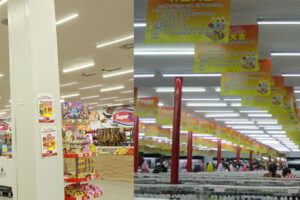Installing too few high bay lights? You’ll end up with shadows and dark corners nobody wants to work in. Too many? Say hello to wasted energy and a bloated electricity bill. I’ve seen both situations, and neither one is pretty. That’s why nailing down the right number of high bay lights is so important—it’s the difference between a safe, productive workspace and a frustrating, inefficient one.
Calculating how many LED high bay lights you need isn’t rocket science, but you do have to factor in a few essentials: your space size, ceiling height, wattage, and lumen output. There’s a formula to follow—and if math isn’t your thing, no worries. I’ll break it down in plain English, step by step, so you can light up your facility the smart way.
To get it right, let’s walk through the key numbers, spacing rules, and the best way to install your fixtures without blowing your budget.
Table of Contents
How Do You Calculate High Bay Lights?
When you’ve got a big open space like a warehouse or a production floor, figuring out your lighting isn’t about guessing—it’s about using the right formula. Let me show you how I do it when I’m helping clients avoid lighting headaches.
Step 1: Measure the Area
Grab a tape measure (or blueprints) and get your square footage.
- Formula: Area = Length × Width
- Example: 100 ft × 80 ft = 8,000 sq. ft.
- Bigger spaces = more lights. No way around it.
Step 2: Ceiling Height Matters
Your ceiling height decides the kind of light you need.
- Under 20 ft? Go with low bay lights.
- Between 20–30 ft? Standard LED high bay lights with beam angles around 90° to 120° do the trick.
- Over 30 ft? You’ll need high-output LEDs with tighter beam angles (60°–90°) to punch through the height.
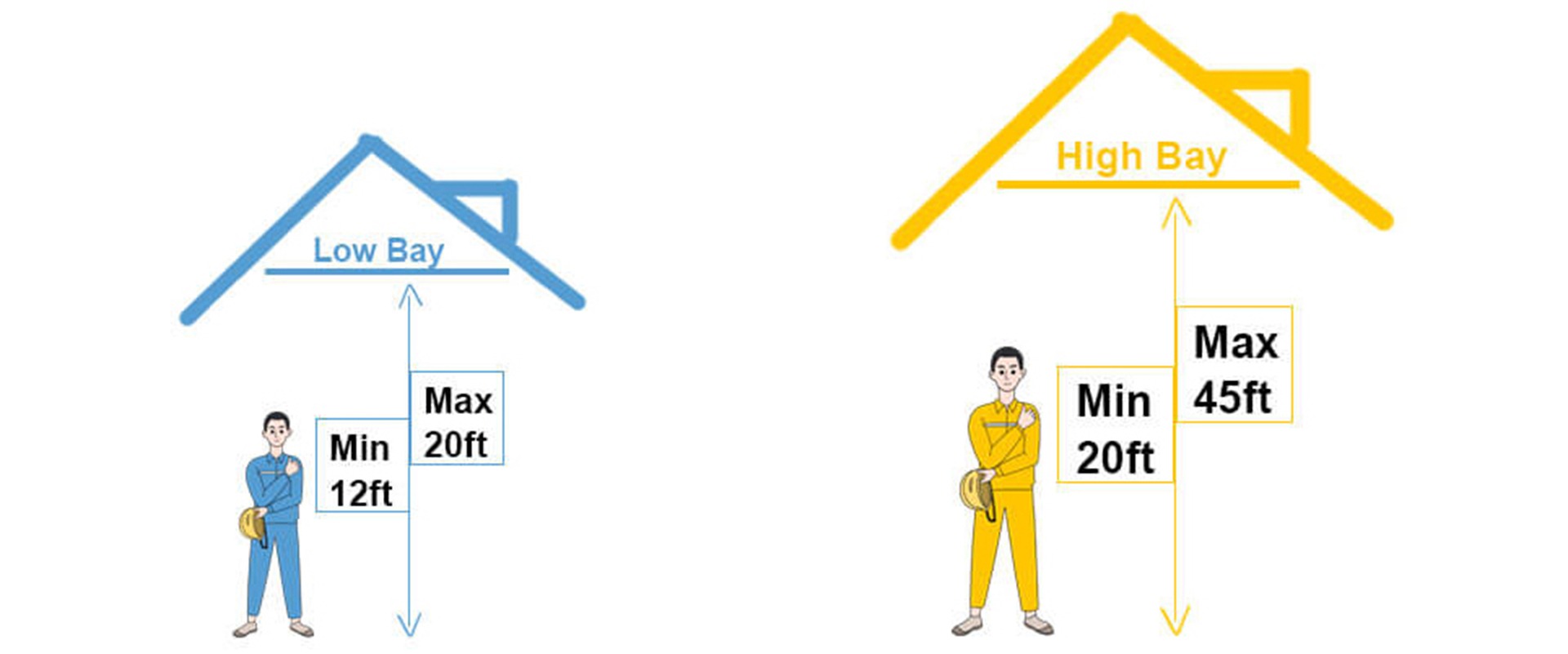
low bay vs high bay light
Step 3: Choose the Right Brightness (Illuminance Level)
How bright does the space need to be? Depends on the task:
- Basic storage areas: 20–30 footcandles
- Assembly lines: 40–50 footcandles
- Precision workstations: 75–100 footcandles
Here’s how you calculate the total lumens you need:
Total Lumens = Area × Required Footcandles
Example:
10,000 sq. ft. × 30 footcandles = 300,000 lumens needed
Step 4: Pick the Beam Angle
Beam angle tells the light where to go.
- 120° = Great for low ceilings (wide coverage)
- 90°–100° = Good for mid-height ceilings
- 60°–90° = Best for tall ceilings where you need focused lighting

UFO LED High bay Light Distribution
Step 5: Final Calculation – How Many Fixtures?
Now divide your total lumen requirement by the lumen output of your chosen fixture.
Example:
300,000 lumens ÷ 25,000 lumens per fixture = 12 lights
That’s how you figure out the right number of fixtures. No more guessing. No more waste.
The key is measuring your space, picking the right lights for your ceiling, choosing the right brightness, and making sure you don’t flood or starve the space with light. Do that, and your lighting setup will be both effective and efficient.
What’s the Formula for Lighting?
If you like it quick and dirty, here’s the cheat sheet:
- Total Lumens Needed = Area (sq. ft.) × Recommended Lumens per sq. ft.
- Check how many lumens your chosen fixture produces
- Divide: Total Lumens ÷ Lumens per Fixture = Number of Fixtures
Example:
Need 300,000 lumens? Your fixture gives off 30,000 lumens?
300,000 ÷ 30,000 = 10 fixtures
Simple, fast, and spot-on. Just how I like it.
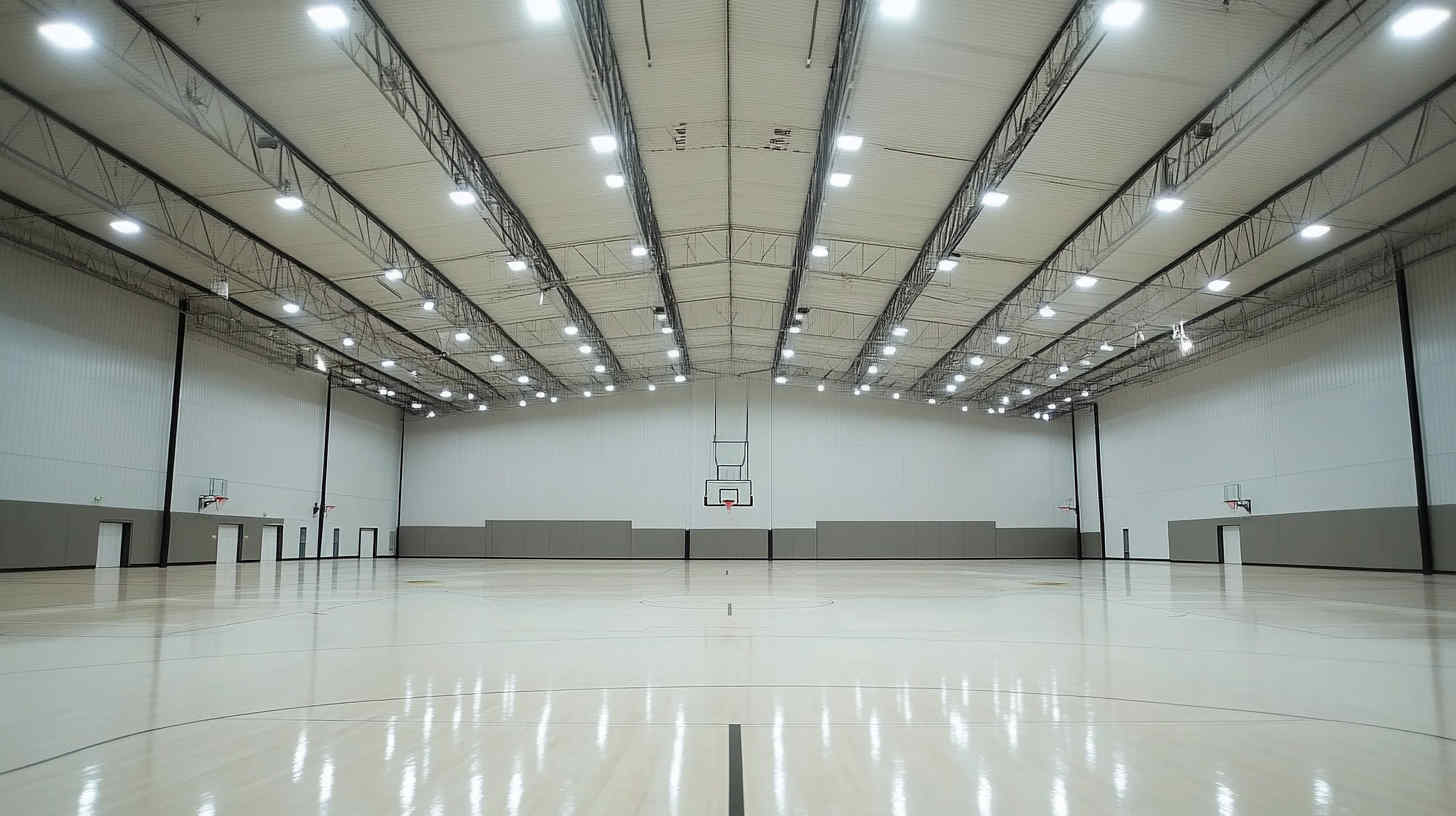
How Do I Choose High Bay Lights?
When I’m helping someone pick the right high bay lights, I always focus on five things: power, brightness, beam spread, color temperature, and smart features. Because if you mess up even one of these, you’re either wasting money on too much light—or you’re stuck with a dim, uncomfortable workspace no one wants to be in.
Wattage
Don’t fall into the trap of thinking higher wattage equals better lighting. With LEDs, it’s about efficiency, not just power draw.
- 100W? That’s your go-to for small rooms or low ceilings (15–20 ft).
- 150W? Works well for typical warehouse setups (20–25 ft ceilings).
- 200W? Great for bigger spaces and higher ceilings (25–30 ft).
- 300W or more? That’s when you’re lighting up big industrial zones with ceilings pushing past 30 ft.
Lumen Output
This is where the real brightness comes from. You want enough lumens to light the space, but not so much that it feels like an airport runway.
- 10,000–15,000 lumens? Good for low ceilings (15–20 ft).
- 20,000–25,000 lumens? Solid choice for mid-height spaces (20–30 ft).
- 30,000+ lumens? Perfect for huge warehouses or high-ceiling manufacturing plants.
Beam Angle
Beam angle tells your light where to go—and how far it’ll spread.
- 120° beam? That’s wide and soft—ideal for short ceilings and wide coverage.
- 90° beam? Best for middle-height ceilings where you want a balance.
- 60° beam? Narrow and focused—exactly what you need when you’re lighting from way up high.
Color Temperature
Color temperature affects how people feel in the space. It can make a warehouse feel sterile or a retail store feel cozy.
- 3000K (warm white)? Has a yellowish tint—great for shops or commercial areas.
- 4000K (neutral white)? Clean and balanced—great for offices and warehouses.
- 5000K–6500K (cool white)? Crisp and bright—this is the light that keeps workers sharp and focused.
Dimming and Controls
Want to really slash your power bill? Smart controls are the way to go.
- Dimmable LEDs let you tone things down when full brightness isn’t needed.
- Motion sensors only turn lights on when someone’s there.
- Daylight sensors auto-adjust brightness based on natural light coming in.
So when it comes to picking high bay lights, I always say: know your space, know your needs, and let the numbers guide you. Don’t wing it—plan it.

How Many Lumens Do I Need for High Bay Lighting?
This is the question I get all the time. And the answer depends on what kind of space you’ve got, how high your ceiling is, and what kind of work is happening under those lights. Let’s break it down.
Warehouses
You don’t want warehouse workers squinting or tripping over boxes. Uniform lighting is key for safety and efficiency.
- Low activity areas? 10,000–15,000 lumens per fixture does the trick.
- Picking and packing areas? Step it up to 20,000–25,000 lumens.
- Ceiling height guidelines:
- 15–20 ft → 10,000–15,000 lumens
- 20–30 ft → 15,000–25,000 lumens
- 30+ ft → Go big—30,000 lumens and up
Factories
In a production setting, light is not a luxury—it’s a necessity. Especially for detailed work or inspections.
- General production? 20,000–25,000 lumens.
- Precision assembly? You’ll need 30,000–40,000 lumens.
- Heavy-duty manufacturing? Go with 40,000 lumens or more.
- Ceiling height breakdown:
- 15–20 ft → 15,000–20,000 lumens
- 20–30 ft → 25,000–35,000 lumens
- 30+ ft → 40,000+ lumens is your best bet
Retail Stores
Retail lighting should make products pop while keeping the space inviting.
- Small shops and boutiques? 10,000–15,000 lumens.
- Supermarkets or department stores? 15,000–20,000 lumens.
- Big-box stores or warehouse-style retail? 20,000–30,000 lumens.
- Ceiling height:
- 12–15 ft → 10,000–15,000 lumens
- 15–20 ft → 15,000–20,000 lumens
- 20+ ft → Go with 25,000+ lumens
Bottom line? Your lumen needs are tied directly to how high your ceiling is and how demanding the work below it is. The brighter the task and taller the space, the more lumens you’ll need. And once you get that right, everything just clicks—safer workspaces, happier workers, and lower costs over time.
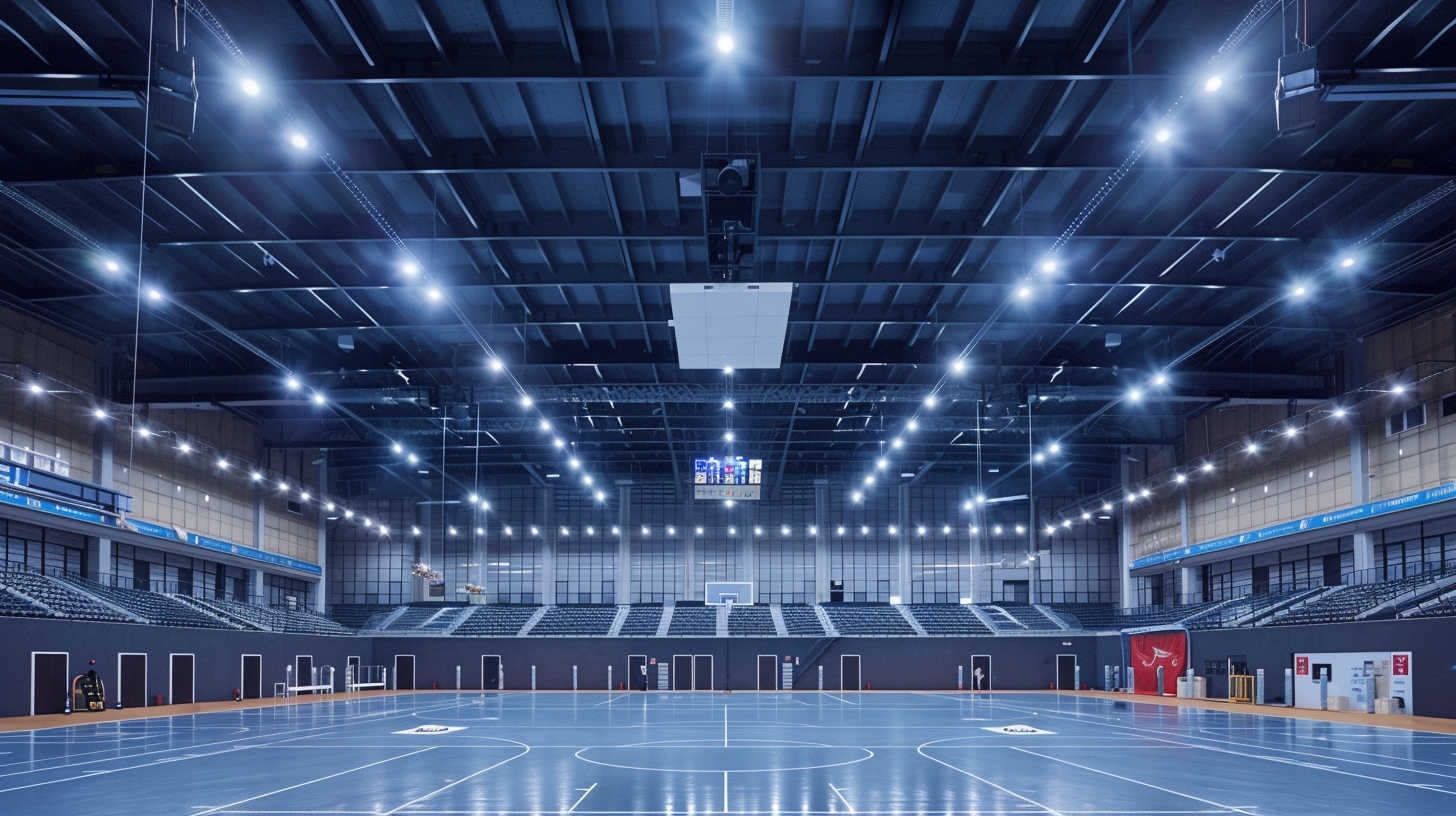
What Is the Coverage Area for High Bay Lights?
Here’s the deal—how much area your high bay light actually covers depends on three things: wattage, beam angle, and how high you’re mounting it. If you skip this part, you risk ending up with either dark corners or wasted light.
- 100W high bay light? That’ll light up around 100 to 150 square feet.
- 150W? You’re looking at 150 to 200 square feet of solid coverage.
- 200W? Now you’re talking 200 to 300 square feet, depending on ceiling height and beam spread.
Honestly, the best move is to plug your numbers into a high bay lighting layout tool—it’ll save you a ton of guesswork and give you an exact plan tailored to your space.
How Far Apart Should LED High Bay Lights Be Placed?
Get this wrong, and you’ll either have overlapping light that wastes energy—or worse, dark spots where someone could trip or miss a detail.
- For ceilings between 15 and 20 feet, lights should be spaced 12 to 15 feet apart.
- At 20 to 30 feet high? Spread your lights 15 to 20 feet apart.
- Got ceilings soaring 30 to 40 feet? You’ll need 20 to 30 feet between fixtures.
Spacing is where a lot of folks mess up. But when done right, you get even, balanced light from wall to wall—and no dark zones to worry about.
What Is the Best Height for High Bay Lights?
Mounting height makes or breaks your lighting setup. Go too low, and you’ll blind your workers. Too high, and you’ll waste light that never reaches the ground.
Here’s the sweet spot, based on wattage:
- 100W LED high bay? Mount it at 10 to 15 feet.
- 150W? Best range is 15 to 25 feet.
- 200W? Mount it up at 25 to 40 feet.
If you’re not sure, use a UFO high bay light calculator. It’ll help you dial in the exact mounting height for your fixtures and get your light exactly where it’s needed.

Conclusion
Figuring out how many LED high bay lights you need isn’t rocket science—but it does take some planning. Once you know your space size, lumen needs, and how far apart to place your lights, you’re set up for a system that’s bright, energy-efficient, and cost-effective.
And hey—if you want help designing the right high bay lighting layout, I’m just a message away. Let’s make sure your space is lit the right way, the first time.
Request A Free Quote Now!
Send us a message if you have any questions or request a quote. We will get back to you ASAP!



